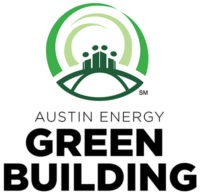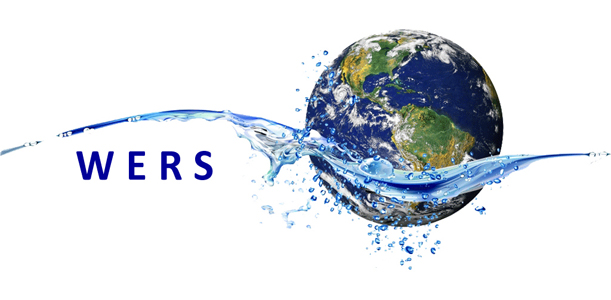On May 11, Austin Energy announced updates to their esteemed green building program. Included in those revisions was the inclusion of WERS as a points-earning option within the water chapter of the single-family guidebook.
Section 5 requires WaterSense for Homes certification and is worth 3 points. Through Austin Energy, WERS is one of the approved methods for showing compliance to the EPA’s program. Of course, by its very nature, WERS would also demonstrate compliance with the other sections of Austin Energy’s Green Building program’s water chapter.
“It’s truly an honor to have WERS approved by the longest-running green building program in the United States, but all the credit goes to Austin Energy, under the leadership of Heidi Kasper,” said Executive Director Mike Collignon. “Similar to the state of Vermont, they learned about WERS and added it to their green building program completely of their own volition. I think that further demonstrates the growing market awareness and adoption of the WERS Program.”
The new standards will go into effect for projects submitted on or after Monday, June 22, 2020.
While the Water Efficiency Rating Score (WERS)® is currently only cited in the single-family guidebook, the hope is that it will be added to the multifamily guidebook in the next round of revisions. “In looking at the multifamily guidebook, it seems to me that WERS fits seamlessly into there,” stated Collignon.
WERS is now allowed in two municipal building codes (Santa Fe, NM and Santa Barbara, CA), cited in a New Mexico state-level tax credit, is the basis for the WRI in the 2020 National Green Building Standard and is on track to be incorporated as a compliance path in Built Green Canada, the Vermont energy code and WaterSense for Homes 2.0.


